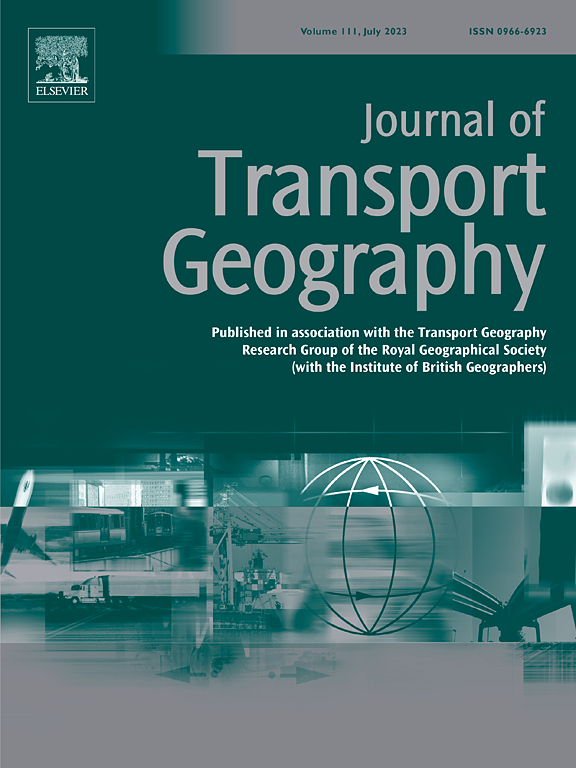Geospatial analysis of freight accessibility and job attraction: The role of interstate ramps, airports, ports, and rail
IF 5.7
2区 工程技术
Q1 ECONOMICS
引用次数: 0
Abstract
The number of jobs within an industry is significantly influenced by geographical location, with transportation infrastructure playing a key role. While previous research has largely focused on how access to jobs affects employment, less attention has been given to how transportation infrastructure impacts business operations and job attraction. This study addresses this gap by examining how the ease of transporting products to key transportation facilities affects job numbers in freight-intensive industries. Using job data from the Longitudinal Employment Household Dynamics dataset at the Census Tract level, we applied a non-parametric model to assess the impact of proximity to interstate ramps, rail intermodals, ports, and airports. Our analysis revealed that closer transportation infrastructure generally has a greater impact on employment. Specifically, interstate ramps are crucial for attracting jobs, particularly in rural areas, while airport proximity is essential for industries dealing with high-value, time-sensitive goods, as seen notably in Massachusetts. The importance of transportation facilities varies considerably across states and industries. The findings and method in this study can be used by transportation agencies for freight planning.
求助全文
约1分钟内获得全文
求助全文
来源期刊

Journal of Transport Geography
Multiple-
CiteScore
11.50
自引率
11.50%
发文量
197
期刊介绍:
A major resurgence has occurred in transport geography in the wake of political and policy changes, huge transport infrastructure projects and responses to urban traffic congestion. The Journal of Transport Geography provides a central focus for developments in this rapidly expanding sub-discipline.
 求助内容:
求助内容: 应助结果提醒方式:
应助结果提醒方式:


